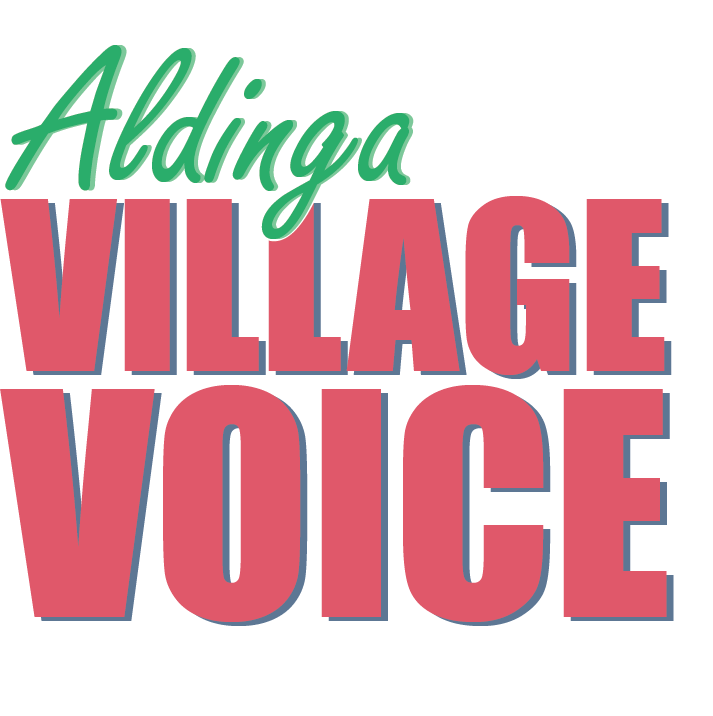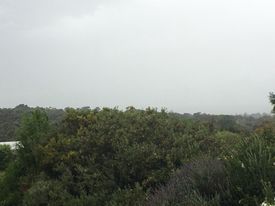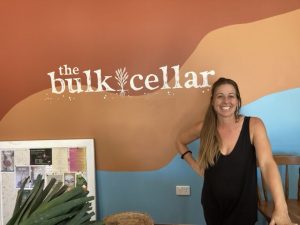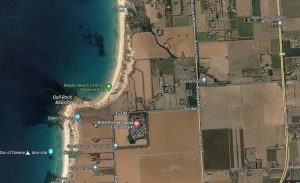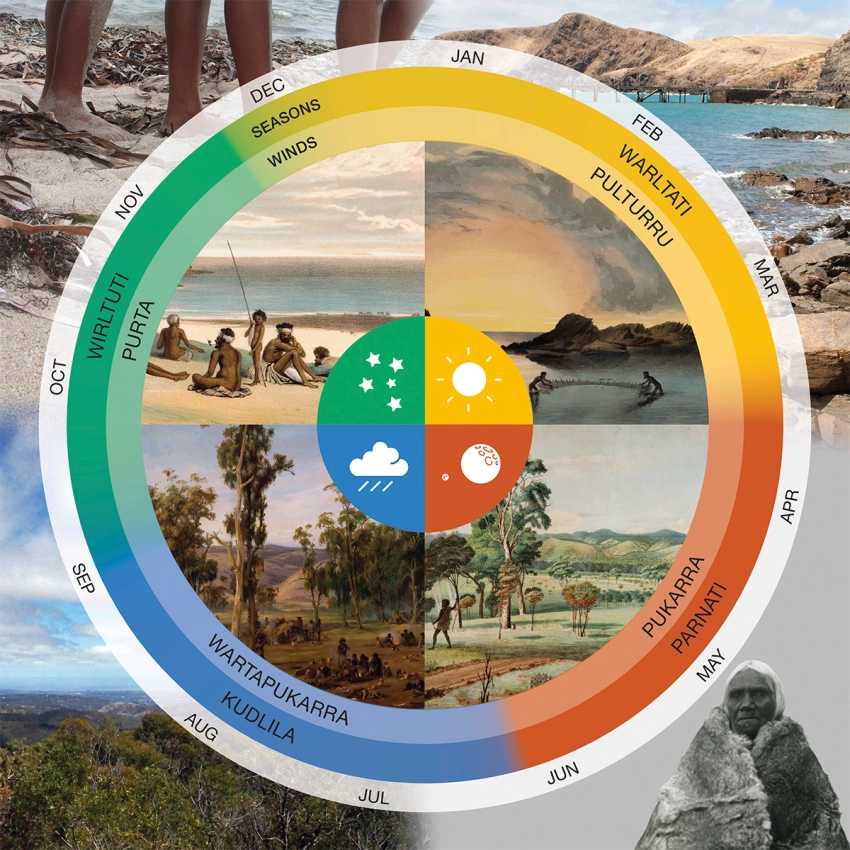
The weather is variable across Australia. As forecast the interior is hot & dry. Oodnadatta has regularly recorded over 40 degrees for days on end, with one day 47 degrees. On the other hand the Adelaide, the Mount Lofty Ranges & the Fleurieu have been maintaining average weather patterns or better as in November, December & now in January 2024. The rain has been delivered in seven ‘dumps’ 32.5mm, 23.0mm, 44.0mm,15.0mm, 13.0mm, 13.0mm & 13.0mm. The rest of the falls have been up to 5.0mm. The best way to describe the next three months is ‘average’.
How did we do in January? We had 34.0mm for the first month of the year.
This compares with other years back to 2012, when Bron & I came to the Village with our battered old rain gauge:
2024 34.0mm (3) 2 X dumps
2023 11.5mm
2022 38.0mm (2) 2 X dumps
2021 12.0mm
2020 25.5mm
2019 1.0mm
2018 6.5mm
2017 62.0mm (1) 2 X dumps
2016 28.0mm
2015 31.0mm (4) 1 X dump
2014 12.0mm
2013 7.0mm
2012 3.0mm
That is the third best start in 12 years of recording. This shows the affect of ‘dumps’ caused by monsoonal weather or cyclones, with the occasional blast from the South Pole. We’re not complaining, our tanks are three quarters to near full at the end of January & it looks good as far as tank water is concerned until winter comes around.
We now have two new rangers from the Department of the Environment looking after the Bowering Hill Conservation Park. We’ve been talking about how good the park is looking at present & how it looked in 2012 when we came to the Village. Photos show a bare hill with a couple of horses on it & some small trees along the creek with a ‘tree bridge’ to the Village by the Grevillea Dam. A couple of old stables dotted the landscape with a couple of Poplars in the ‘tree bridge’.
These have now gone, restoring the native state of the Hill & ‘Swampy Valley’ as the First Nations People called the floodplain. Willunga Creek followed a different course back in the early 1900’s. It meandered about 30 metres south of its current course, pooling in some areas & spreading out over the flood plain as creeks do in their natural state. It was beautiful by all reports & then converted into a drain to clear water quickly so tractors could replace horses on the wet slopes of the hills. Now it is being restored with indigenous flora. Our Villagers have been instrumental in this work. It was nothing to have 80 to 100 Village Volunteers helping with planting & maintenance on the hill & flood plain. Of course, this was followed by a good feed at Wilson’s for the hungry workers & DEW staff.
Why is it important to restore our Village & the Park with native vegetation?
The key words are the ‘symbiotic relationship between native flora & native fauna’. They are reliant on each other for their very survival. Every non-native plant we put into the soil puts another nail in the coffin of the environment, stealing soil moisture & sun light that our native plants need to survive. This in turn threatens the existence of our native animals that rely on the plants for food, shade & moisture. The flora relies on our native fauna, birds & animals to help fertilize them. It is a ‘closed loop’ system of symbiosis.
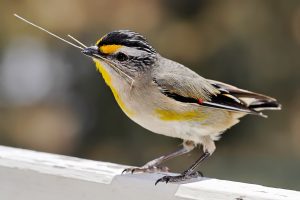 A story for you. Who knows what a Pardalote is? They are a little bird weighing no more than 5 gms. The mighty Red Gums, Eucalyptus Camaldulensis rely on them for housekeeping & fertilization of their flowers. They feed on the Lyrps, those little lumps that form on Red Gum leaves. Inside each Lyrp is a tiny bug – Pardalote food. Lyrps can kill the big gums if the infestation is bad enough. No lyrps equals no Pardalotes. No Pardalotes equals sick & unhealthy Red Gums. This is Symbiosis. We must not destroy this balanced ecological system.
A story for you. Who knows what a Pardalote is? They are a little bird weighing no more than 5 gms. The mighty Red Gums, Eucalyptus Camaldulensis rely on them for housekeeping & fertilization of their flowers. They feed on the Lyrps, those little lumps that form on Red Gum leaves. Inside each Lyrp is a tiny bug – Pardalote food. Lyrps can kill the big gums if the infestation is bad enough. No lyrps equals no Pardalotes. No Pardalotes equals sick & unhealthy Red Gums. This is Symbiosis. We must not destroy this balanced ecological system.
We have less than 10 % of our native flora left in South Australia. White man’s legacy. Let’s do our part in restoring nature in our part of the world. That’s why I live in an Eco Village.
We are now entering the Kaurna Season of ‘Waritati’. Hot weather, dry breezes (Pulturru), thunder (Piturru), lightning (Karntu) are the natural events. Hope you like kangaroo & yabbies for food. A time for local conferences of local peoples to exchange knowledge & trade – sounds like a good eco Village. Controlled burning to promote growth of food sources. The Grey Teal Ducks fly north if the Murray Darling has flooded.
If anyone would like a Kaurna calendar, just let me know & I’ll put you on to one.
Look forward to February.
Paul
